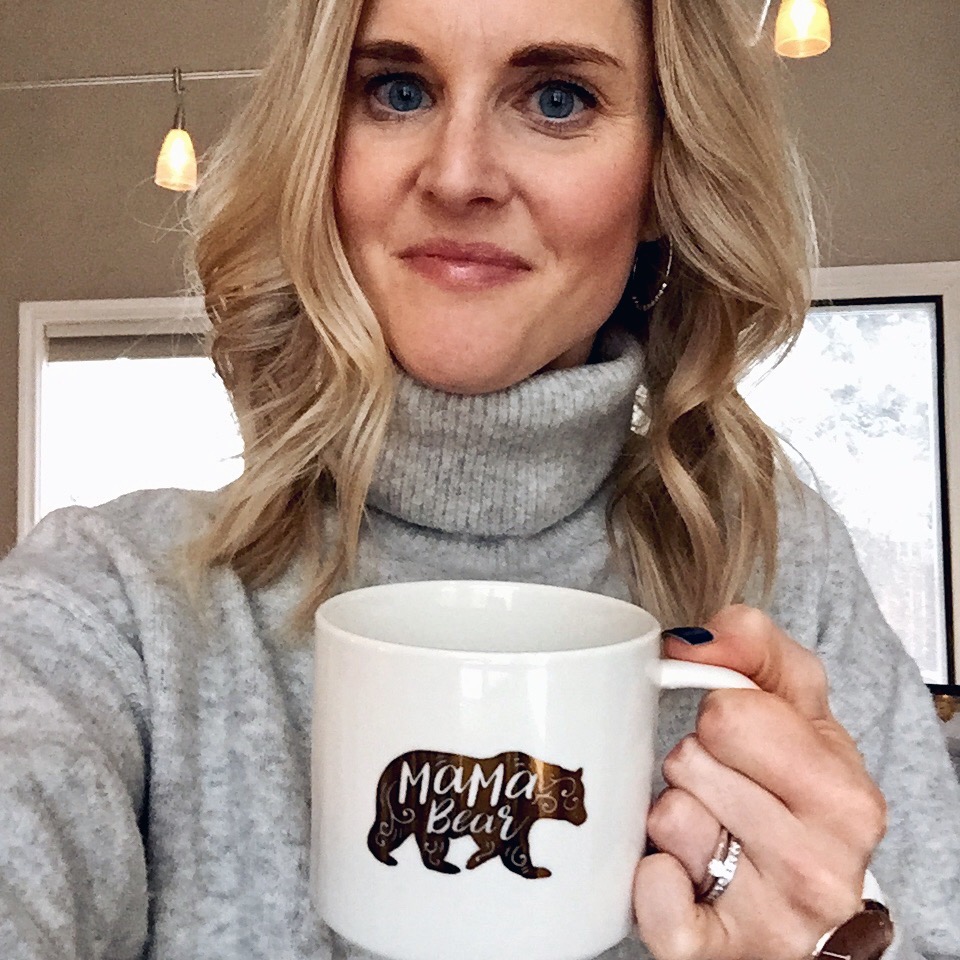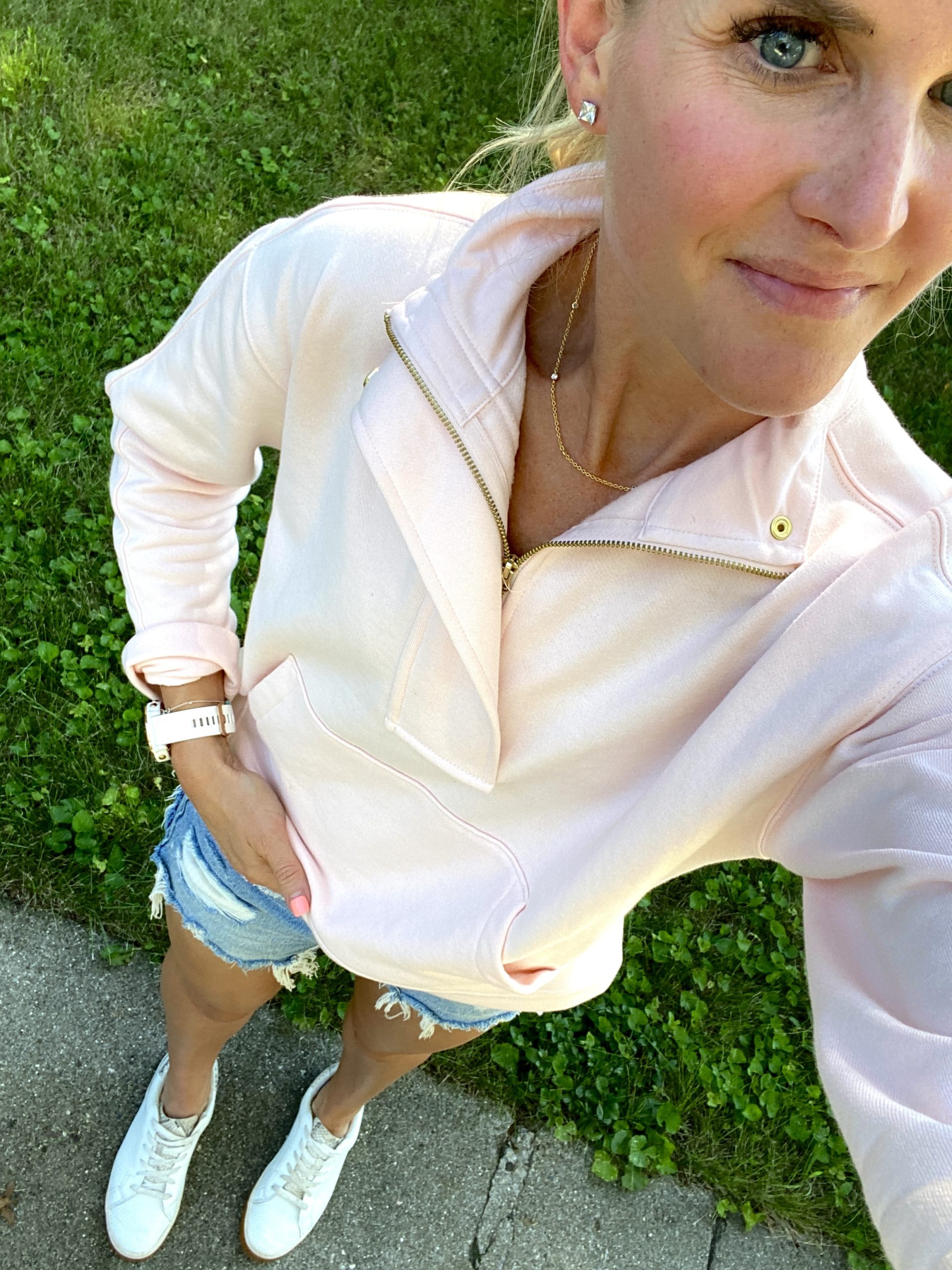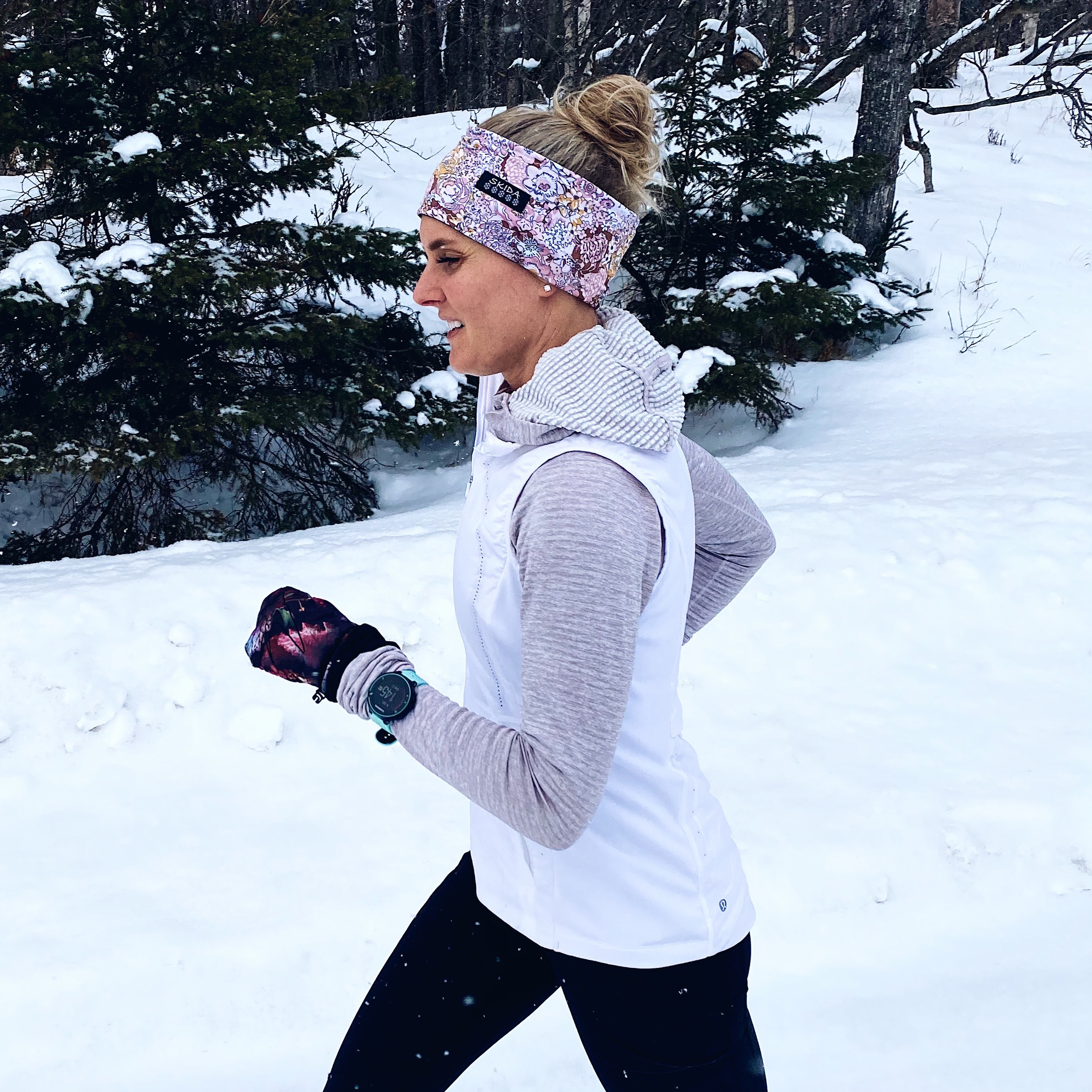The NYC Marathon was my 10th marathon–enough to know a thing or two about the marathon but enough not to feel like I’ve mastered it yet.
I think I try something a little different each time–trying to achieve that perfect race and ultimately run a sub-3 hour marathon.
If you run marathons (or have ever run one), you know that it takes A LOT for the stars to align on that one specific day during those few specific hours on that one specific day. I think 70% of that day comes down to your training, 10% is mental and how hard you can push yourself, and 20% is based on nutrition and how well you can fuel your body to sustain it for running at race pace for 26.2 miles. (These percentages are my own opinions–nothing based on science.) That 20% of nutrition is affected by what you do in the days leading up to the race, the final hours before the race, and what happens during the race. It banks on the fact you have enough to fuel you for 3, 4, 5+ hours of running, that you won’t endure any stomach issues or GI distress, and you can avoid hitting the wall. Fine-tuning your nutrition for a marathon takes practice, and while I’m not sure I have mastered it, I think I got pretty close this time around.
In the week leading up to the race, I read excerpts from Matt Fitzgerald’s The New Rules of Marathon and Half Marathon Nutrition book. I didn’t have time to read the whole thing, but I did read the chapters on nutrition before, during, and after running a marathon, which were really eye-opening. I consider myself pretty savvy with running nutrition, but I definitely picked up on several new things!

Before
One thing that stood out to me was exactly what percentage of your diet should be carbs the few days before the race–70% during the final three days before the race! That’s more than I thought.
So those few days before the race, I definitely upped my intake of carbohydrates the days leading up to the race. I never tracked any of my calories or carbohydrate grams (although I have in the past), but I did try to eat more pieces of bread, bagels, cereal, servings of fruit, and other easily-digestable carbs.
Other than upping my carbohydrate intake, I didn’t do anything differently. My meal Saturday night before the race was the hot/cold salad bar line from Whole Foods. It worked since I was traveling, and I wasn’t worried about anything adversely affecting my stomach.
The morning of the race, I got up at 4:00 a.m. (Actually I had probably been up since 3:00a.m. since I hardly slept that night.) I wasn’t hungry when I got up, and I knew I had nearly six hours before the race started, so I didn’t have anything to eat right when I got up. Around 6:00 a.m. I started to feel hungry, so I had a Gu Waffle and a banana. Then at 7:30 a.m. I knew I really had to eat something substantial since I would need the calories in a couple hours for the race. I had a bagel with a packet of Justin’s Almond Butter. The dry bagel wasn’t very palatable, but I knew I needed the calories. With 30 minutes before the start of the race, I combined two packets of Generation Ucan with 8 oz of water and drank that. With about 10 minutes before the gun went off for the race, I drank my Nanohydr8 shot, which I found this to be really helpful during the couple of training runs I used it on. It is hard to tell if it helped on race day, but I will continue to try it and experiment with it. Finally, right before the gun went off, I took an Accel 2nd Surge energy gel. Taking an energy gel in during these last few minutes before the start of the race is an easy way to get calories in before the race actually starts. They contribute towards your race nutrition, but they can be consumed while standing still.

During
I carried three energy gels with me. I had to stuff them in my top since I had no pockets in my racing kit. I’m surprised and lucky they stayed in there so well otherwise I don’t know how I would have carried any fuel with me.
I tried to start fueling on the early side, so I had my first energy gel (a Gu Roctane) around mile 9, which was a little over hour into the race. The second energy gel, which was another Accel Gel 2nd Surge energy gel I consumed at about mile 14.5. (Side note: I love these Accel Gel 2nd Surge gels because they have 100mg of caffeine, plus some protein, which I think really helps me.) The final energy gel–a Huma energy gel with 50 mg of caffeine I took around mile 20. I tried to time each one about a quarter of a mile before the aid station, so that I had time to eat the energy gel and then wash it down with some water.
Once thing I did differently during this race was take in liquid (water or Gatorade) much earlier in the race than I normally have in the past. I started taking in liquid at mile two and then continued taking in something about every other aid station. I assessed my stomach when I saw the aid station approaching to see if I could take in some liquid or there was already liquid still sloshing around from the previous aid station. In the past I feel like I’ve waited until mile 8+ to start drinking and then only taking in something every few miles, which I’m sure has hurt me.
When taking in liquid at the aid station, I also forced myself to drink most of the cup (which was about 4oz.). Usually I am really bad about only taking a tiny little sip, but this time I was going to do anything and everything to help my performance. The pinch-and-sip the cup while pouring the liquid in from the side of my mouth worked well. My friend, Whitney, did carry a straw with her, so that she didn’t have to worry about spilling the liquid all over herself. She said it worked amazingly well–until she lost the straw.
By the end of the race, I was surprised how thirsty I was. The temperature was right around 50*F. I was shivering at the start, but I knew I would be fine once the gun went off. It was sunny, which affects things, but I was still surprised that I got so thirsty by the end. I felt it around mile 20, so I didn’t have too much farther to go. However, I did start taking in water at every aid station towards the end, but then I stopped and didn’t take in anything during the last couple because by then my focus is just getting to the dang finish line because everything hurt so much!

After
Truthfully, I have always done a lousy job of refueling after the race. I have never been good at this because I never feel hungry. I would have done an even worse of a job refueling after NYCM if they hadn’t given us a grab bag of snacks that they handed out after the race though!
The volunteers gave us a bag of food as we walked through the finish chute, and I immediately drank some Gatorade because I was thirsty from the race. Plus drinking calories sounds more appealing than eating them.
During my 45 minute walk to the family meeting area–it’s a long ways, plus I was moving at a snail’s pace–I then sat down and tried to eat a few pretzels, but they were so dry in my mouth. I think that’s about all I had because I was also trying to find my friend, so that was more of a concern than eating.
When I finally got back to my cousin’s house six hours after I finished the race, they had pizza and homemade apple pie waiting for me, and it was the best thing I had all day!

Overall, I was really happy with how I did fueling before and during this race. I felt like I ate just the right amount of food race morning, which was about 900 calories from when I got up until the gun went off. I didn’t feel like I hit the wall as hard as I have in the past, and I didn’t have any GI distress or stomach cramps, which I have had in previous marathons. Ideally I wouldn’t have gotten so thirsty by the end, but in some ways it is hard to imagine taking in even more liquids than I did. I will definitely continue to use Generation Ucan and the Nanohydr8 before races and big workouts because I think they both help a lot.
Don’t expect to get your nutrition nailed down on your first marathon. During my first marathon I took in one energy gel (if that) and suffered from mile 18 on. I learned my lesson pretty quickly and have done about 3 gels every race since. I have also used Generation Ucan during a couple races as well. Experiment during your long runs and see what works for your body and what doesn’t since everyone is so different.






